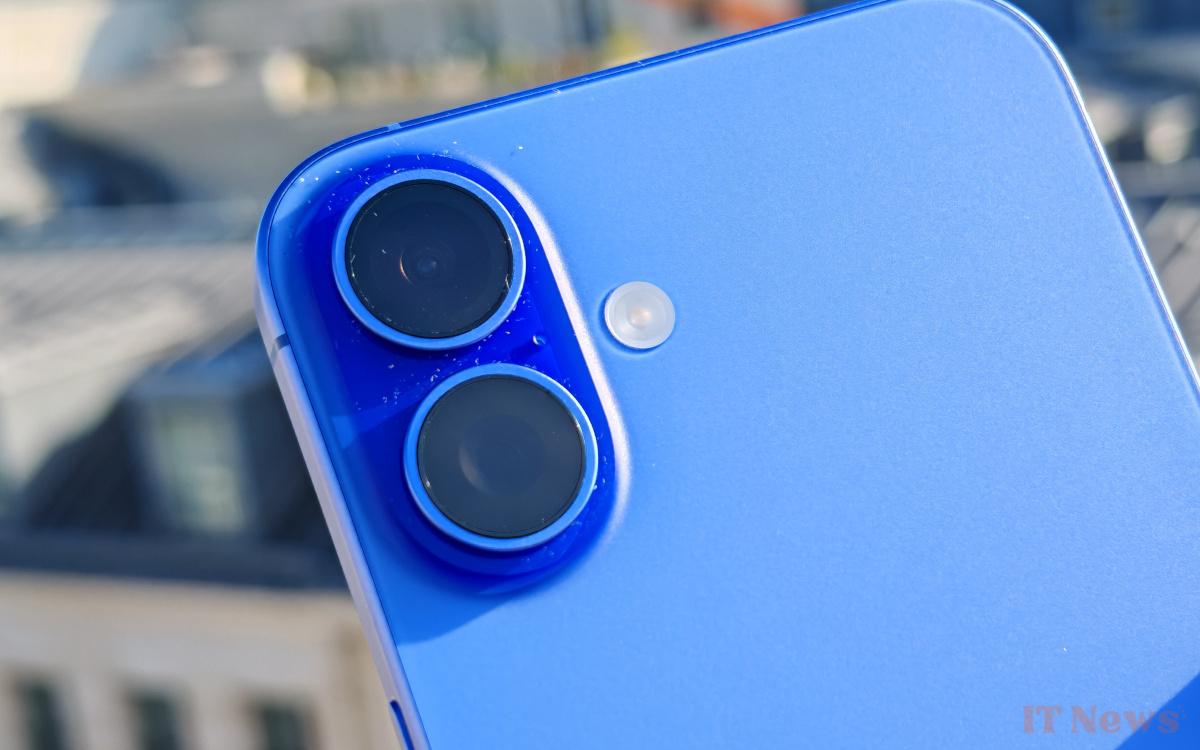The iPhone's camera setup could evolve with the introduction of a new 200 MP camera sensor, much higher than the current 48 MP.
The latest iPhone models are lacking in significant new features. For the iPhone 16 series, Apple relied on AI to add value to this generation. But this strategy didn't really work, with the Apple brand lagging behind Android in this area. To revive interest in its phones, Apple is therefore preparing for hardware changes in its future products.
We already know that the design of iPhones will evolve significantly over the next few years. But that wouldn't be the only trick Apple would pull out of its sleeve. According to the leaker Digital Chat Station, the manufacturer is currently testing the integration of a 200 MP photo sensor into its devices.
A 200 MP photo sensor, what's the use?
He specifies that it will probably be used for the wide-angle (main) sensor of future iPhones, although he does not rule out the possibility that this 200 MP lens could also be used for a telephoto lens. He does not provide details on other technical details (sensor size and aperture, photosite size, etc.), nor on the models that could include it. It is therefore unclear whether this 200 MP sensor could arrive as early as this year with the iPhone 17, or whether we will have to wait longer, if Apple's experiments are conclusive.
Popularized by Samsung, 200 MP sensors have been used in some high-end Android smartphones for some time now, and are even making their way into the mid-range segment. Their very high definition allows the user to artificially crop and zoom in on a shot while maintaining good quality. A 200 MP sensor can therefore be used to replace a telephoto lens on a device that is not premium-oriented, or to offer intermediate digital zoom levels to a high-end mobile equipped with a periscopic telephoto lens that also delivers more powerful optical zoom.
200 MP sensors use smaller photosites, which can affect light capture, and therefore the quality of the shots. But pixel blending technology can solve this problem.




0 Comments